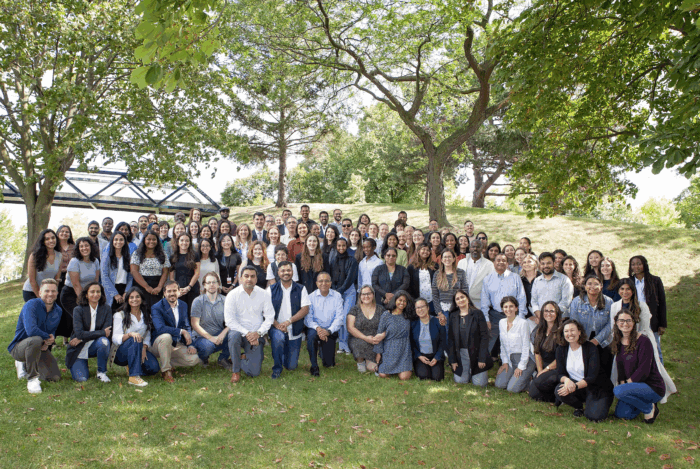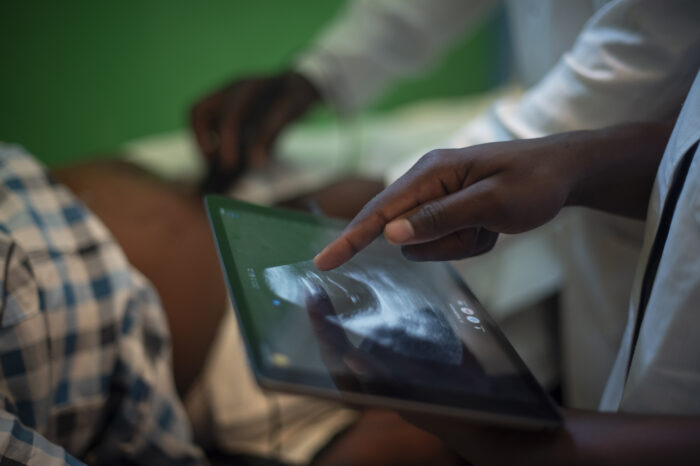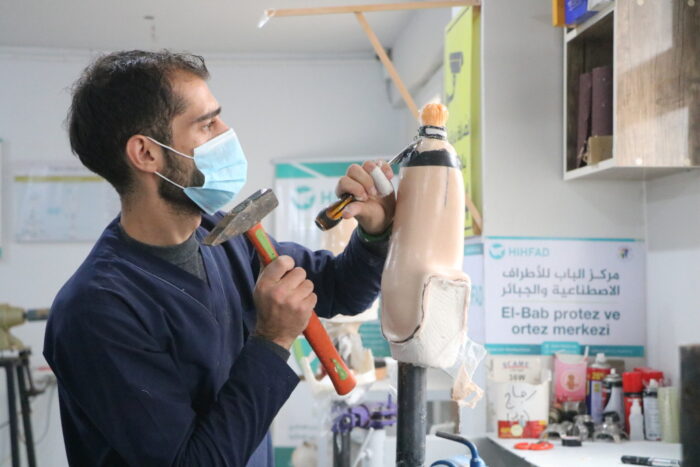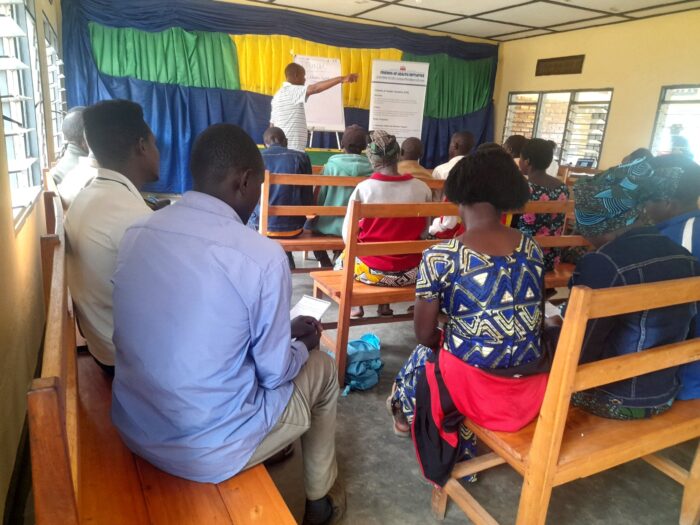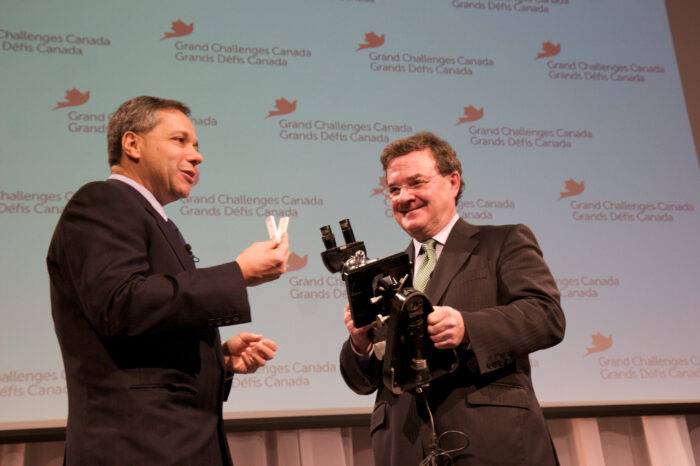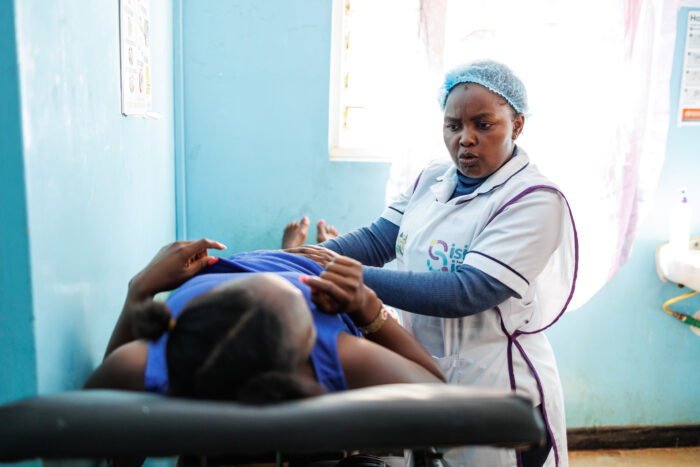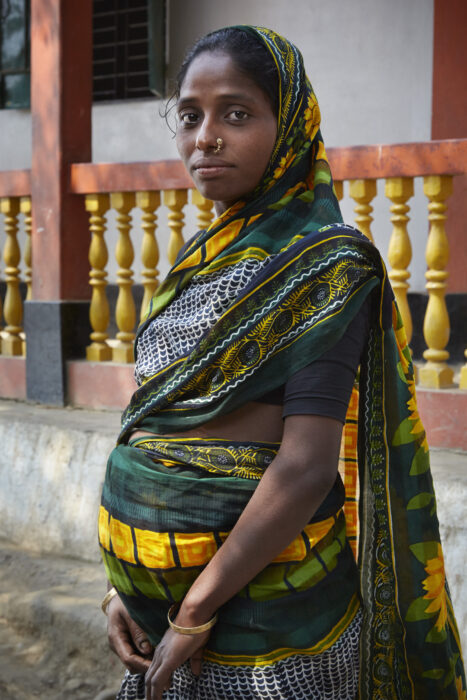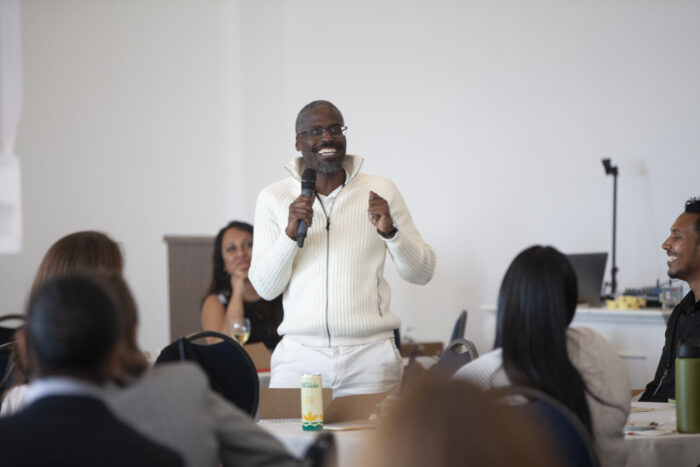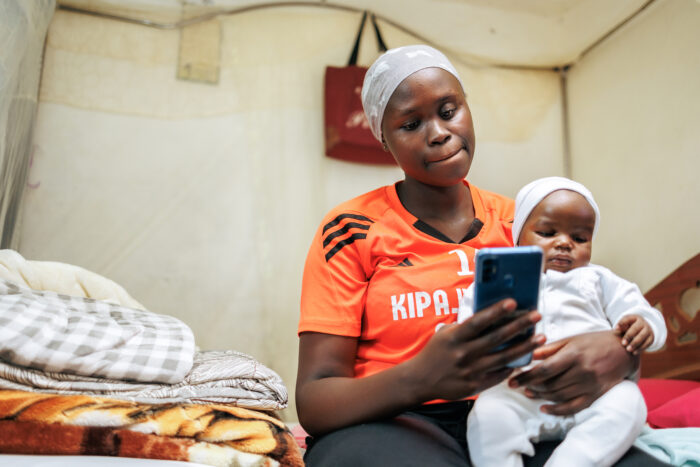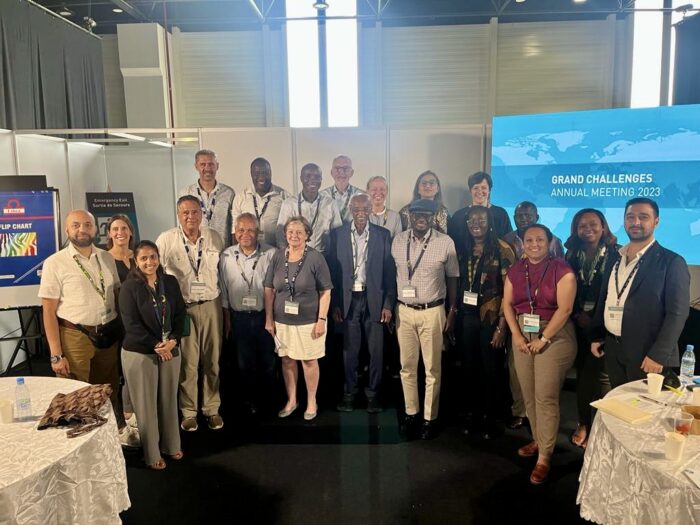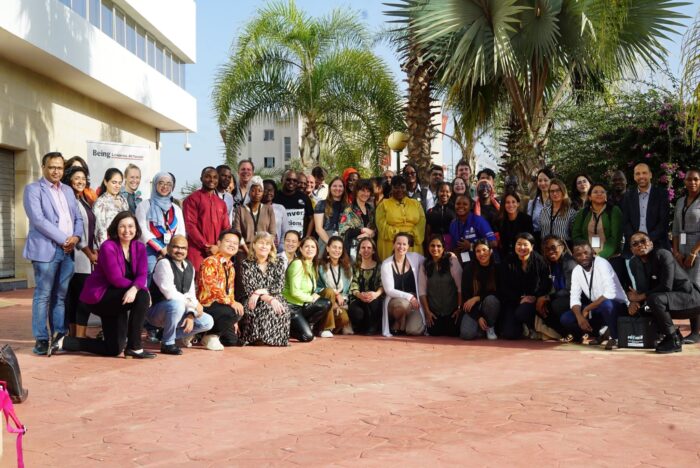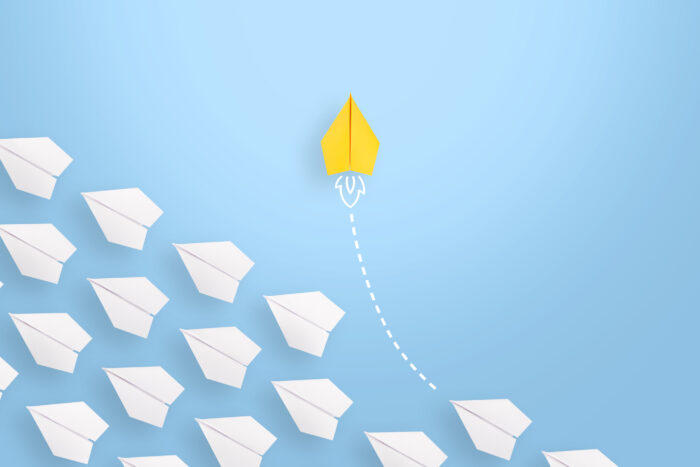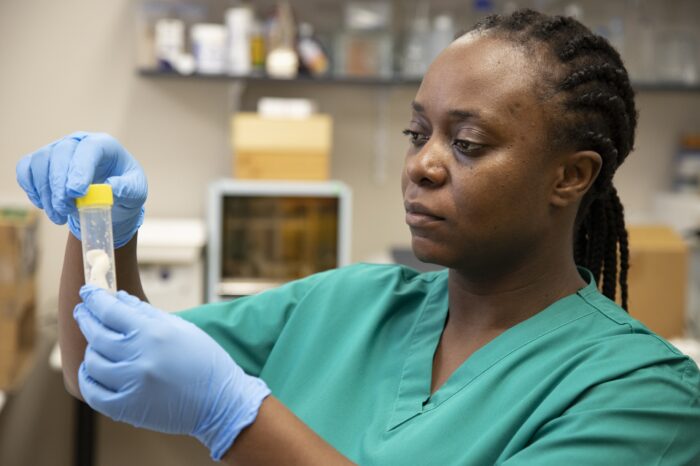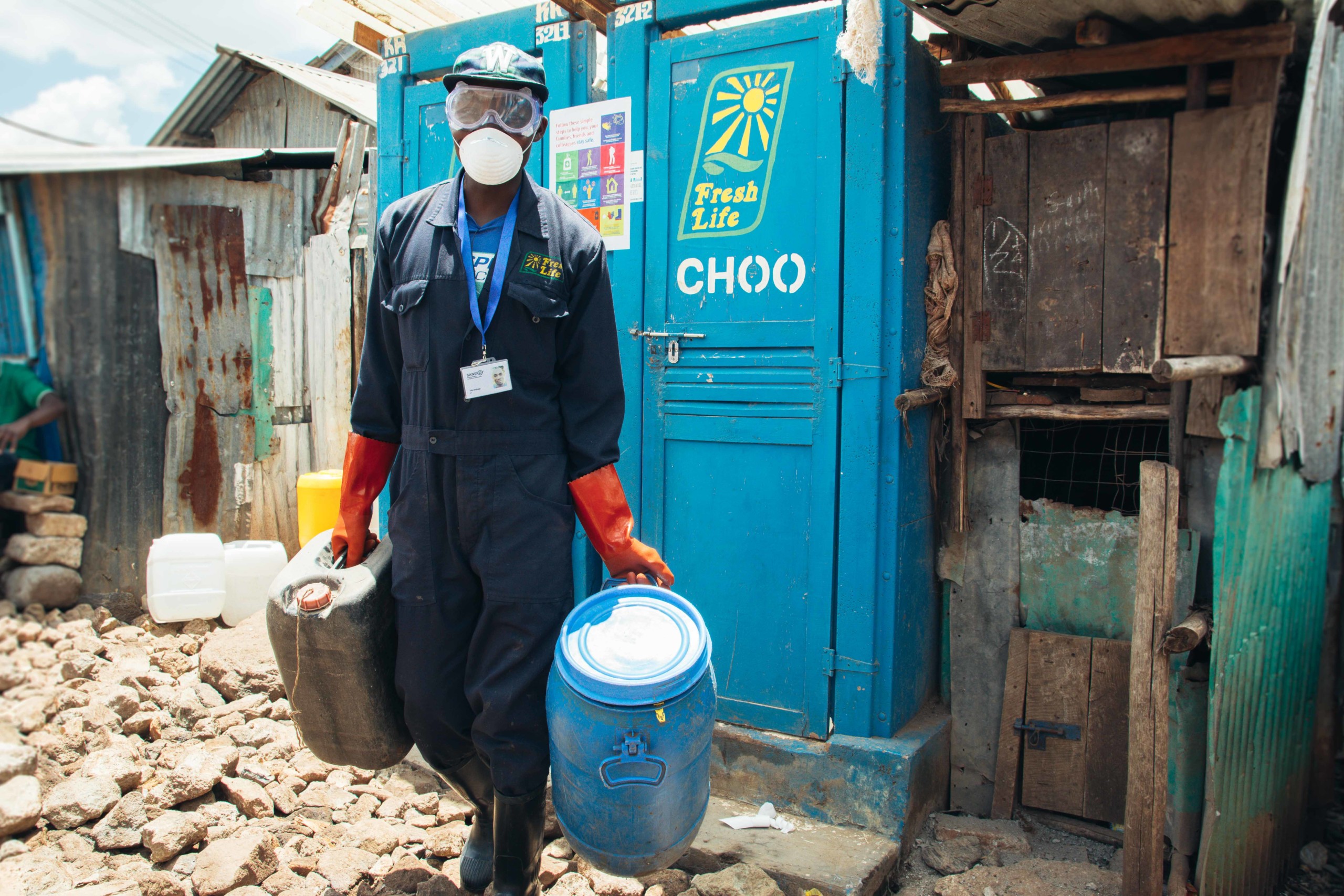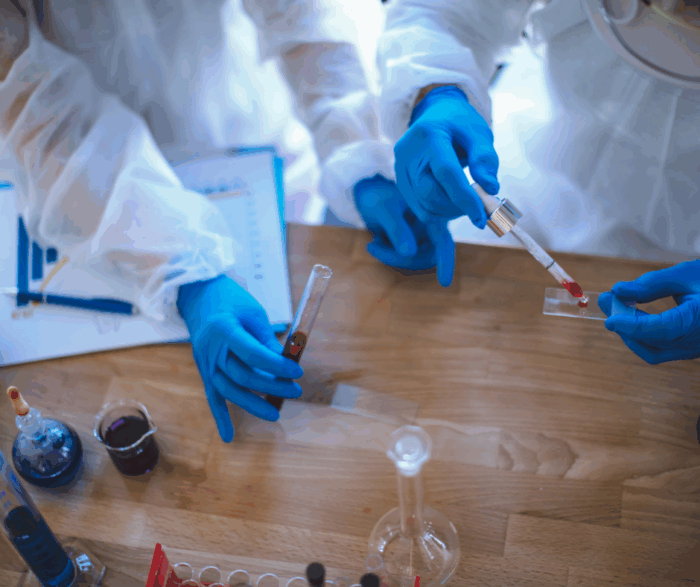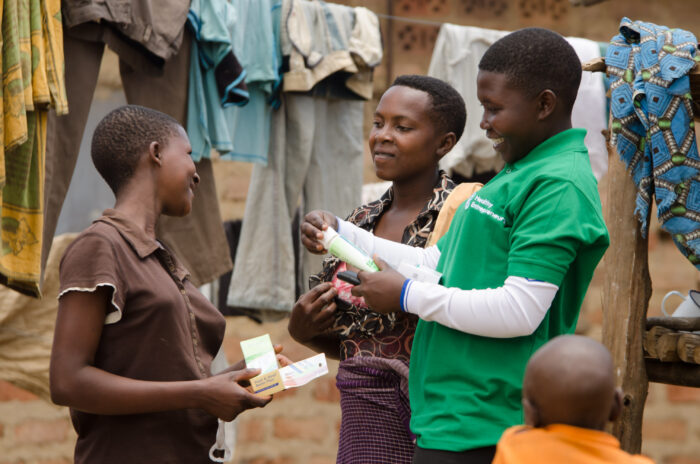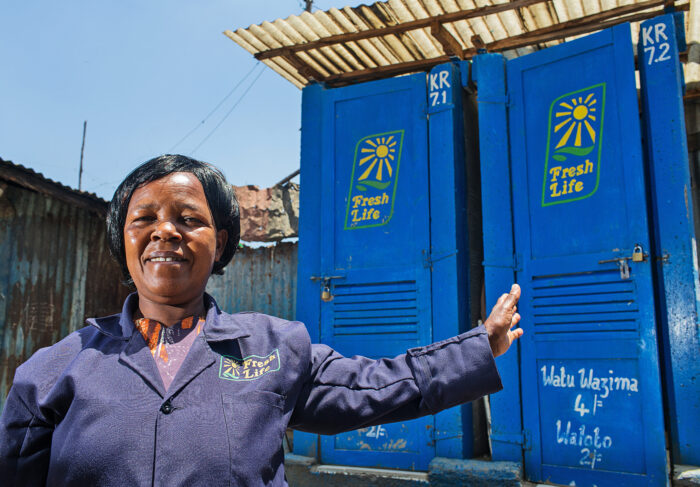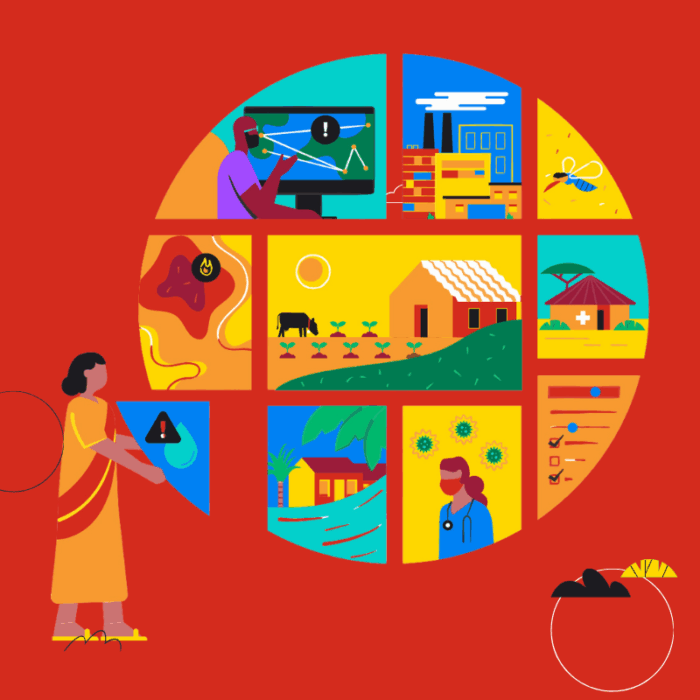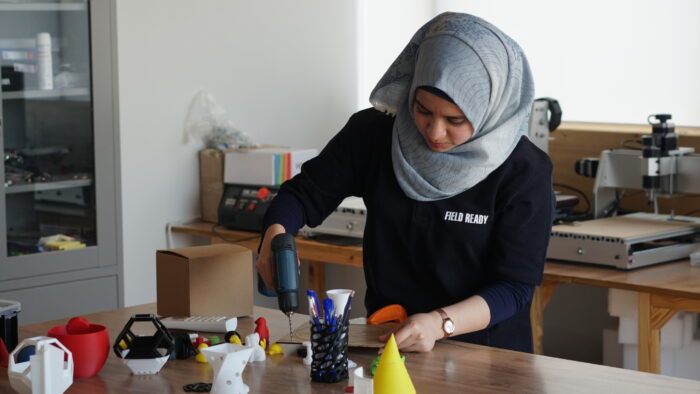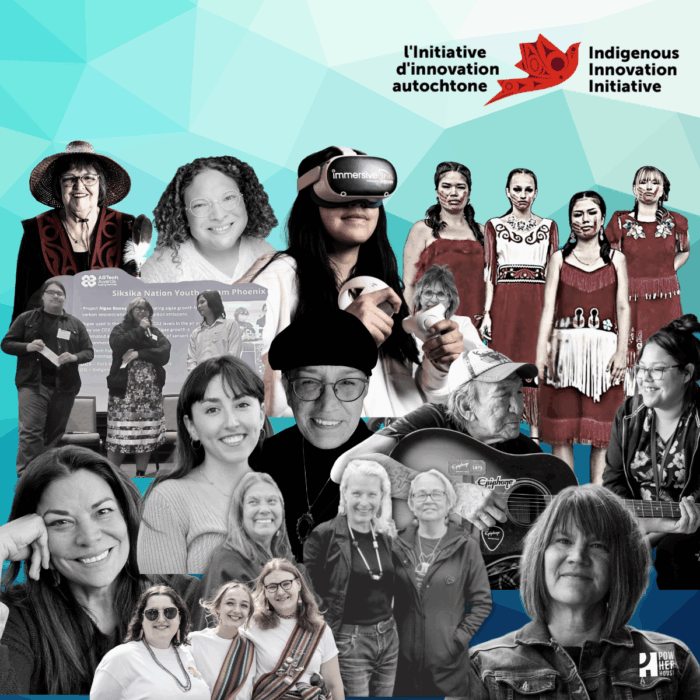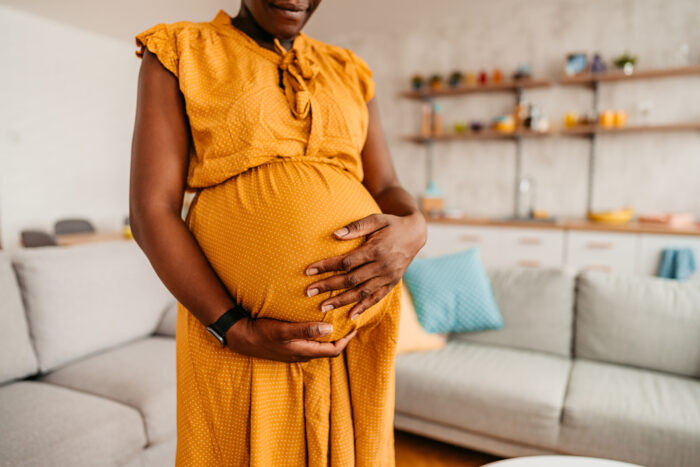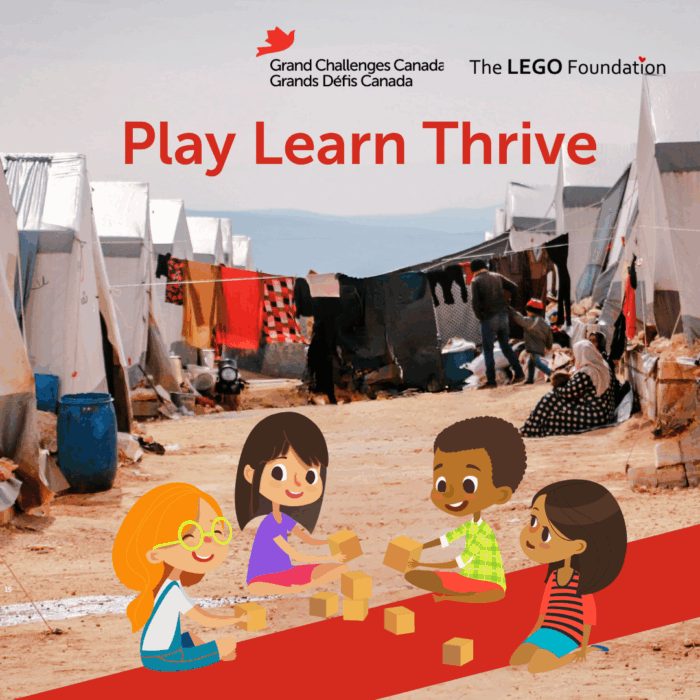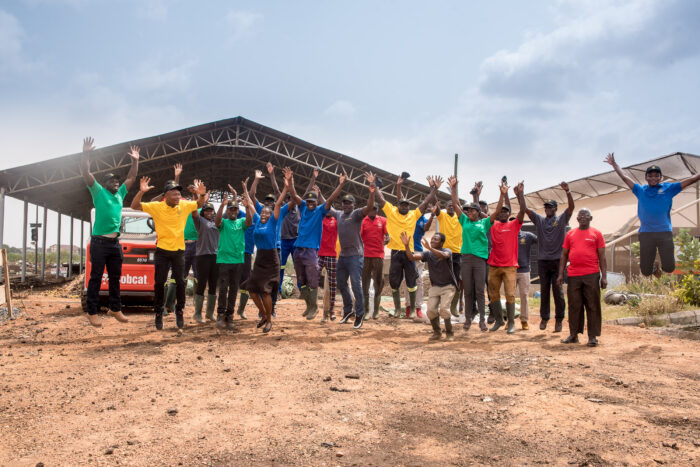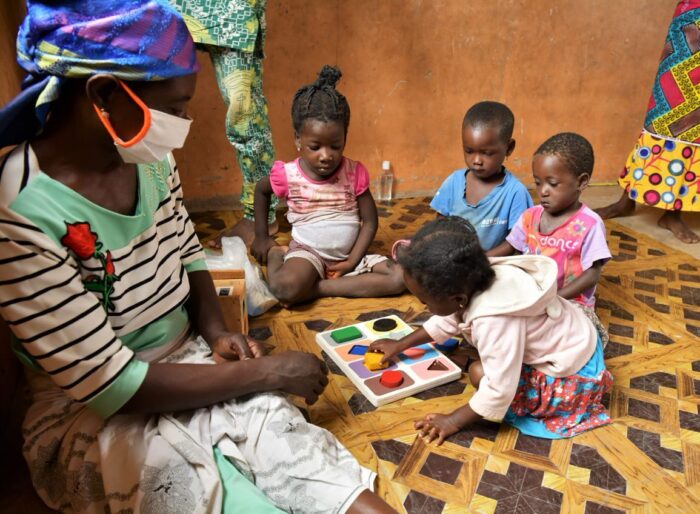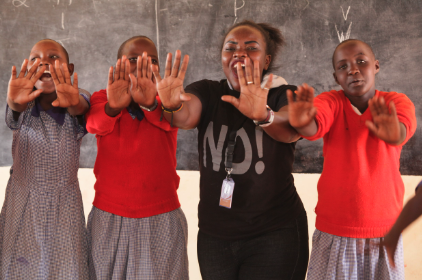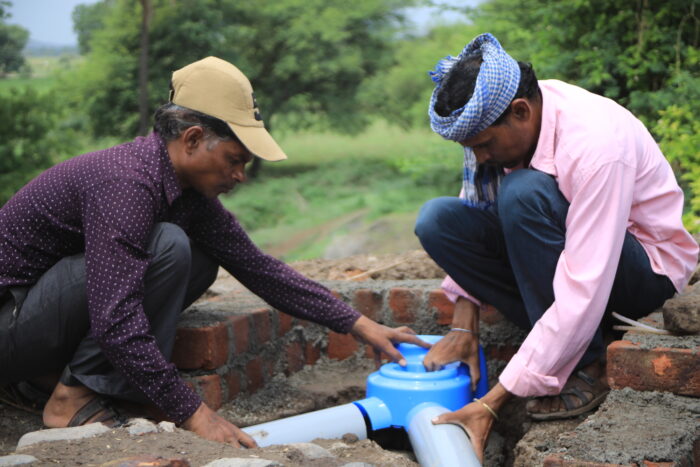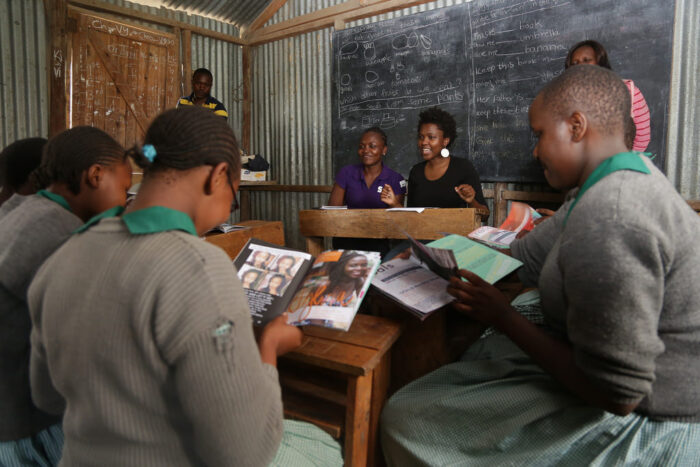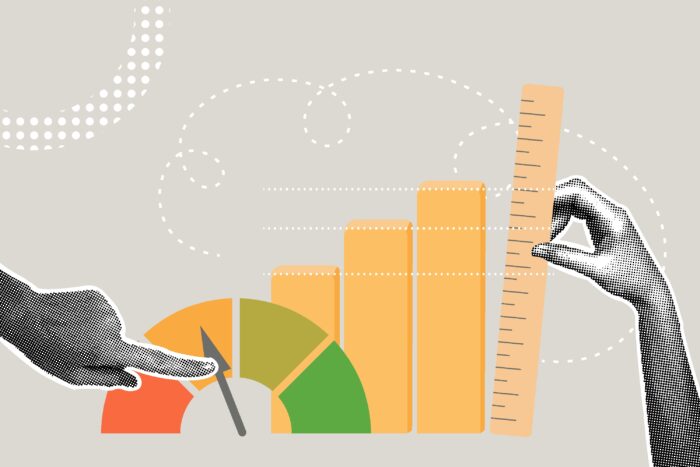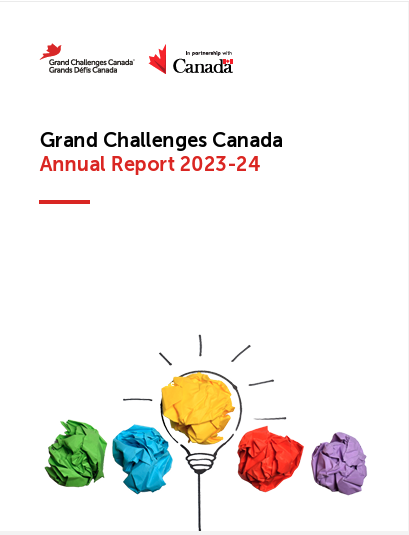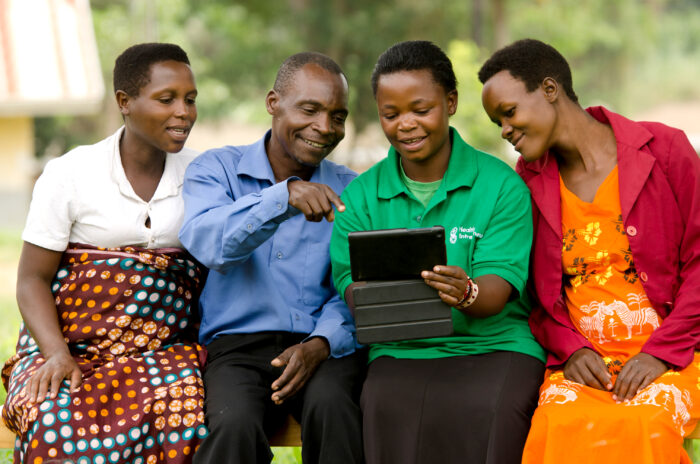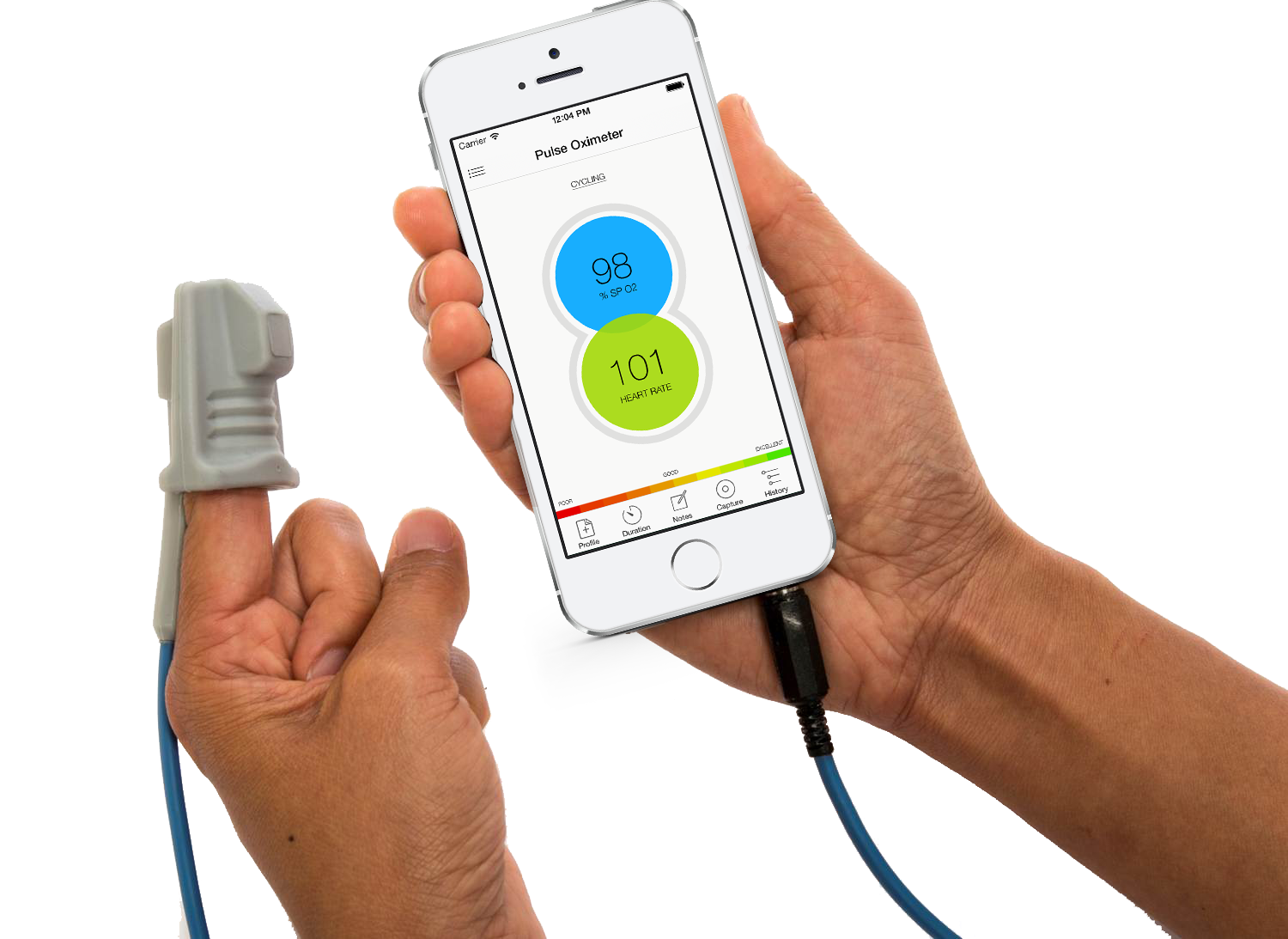I am a proud father of two amazing boys.
About a year ago, my wife and I engaged in what is most likely a common discussion of parents with two children: ‘do we have a third?’ A number of factors came into play. Do we want to go through the terrible morning sickness and the ups and downs of pregnancy? Do we really want to go back to diaper-ville? Do we need a bigger house, a bigger car? Do we want to give up the uninterrupted sleep we currently enjoy (and love)? Do golf courses accept five-somes? And how will our family dynamic change with a third son or our first daughter?
During our back-and-forth discussions, not once did we discuss the potential complications that affect so many parents in the developing world. Nobody wants to think about what can go wrong. Yet, sometimes it does go wrong, with a much higher probability in the developing world.
Pre-eclampsia is one of the potential complications during pregnancy. It is a medical condition whereby the flow of blood to the placenta is reduced. Among other things, one of the symptoms is a steep increase of blood pressure. It can be quite dangerous for an unborn baby and, if the condition develops into eclampsia, the blood pressure will become extremely high, putting both mother and baby at risk. Although it cannot be cured, it can be effectively managed. Early detection – by measuring blood pressure and oxygen levels in the blood – is essential, in order to trace any early signs of pre-eclampsia.
While all this may seem evident in Canada, it is by far not the case in resource-limited regions. Pre-eclampsia during pregnancy is the second leading cause of maternal deaths (76,000 annually) and causes a further 500,000 infant deaths, almost all in developing nations. It remains a pressing and frustrating grand challenge of our time: a relatively easy-to-treat medical condition that is causing death and suffering in low-resource countries.
Faced with that same injustice, Dr. Mark Ansermino, Dr. Guy Dumont and Dr. Peter von Dadelszen, three professors from the University of British Columbia, have developed a software application that transforms smartphones, tablets and laptops into mobile medical diagnostic tools capable of real-time vital signs monitoring.
The Phone Oximeter, as it is called, uses pulse oximetry, a method that shoots light waves through a patient’s fingertip to measure the oxygen levels in blood. The project showed that this sensor technique significantly improved the ability to detect women who were likely to develop complications, such as pre-eclampsia. Link this with the ubiquity of mobile phones in developing countries and the Phone Oximeter was born. This allows a smartphone to be used by a non-specialist in place of the more complicated and more expensive devices that now can only be found in hospitals.
In 2011, the project received its first major injection of funding through a proof-of-concept grant from the Saving Lives at Birth initiative –– a partnership between Grand Challenges Canada, the U.S. Agency for International Development (USAID), the U.K. Department for International Development (DFID), the Government of Norway and the Bill & Melinda Gates Foundation. We are now at a point where it has outgrown the proof-of-concept stage. The Phone Oximeter is ready for a much bigger picture, and Grand Challenges Canada is holding the pencil.
Funded by the Government of Canada, we are dedicated to supporting Bold Ideas with Big Impact in global health. And when we discover a breakthrough solution, we are eager to take it to scale, with the goal of catalyzing sustainability and maximizing its impact. There is no better example of this process than the Phone Oximeter: making game-changing solutions available to those who need them the most, all while keeping the focus on the beneficiaries –– in this case, mothers and unborn babies.
At the same time, we realize that the challenges in global health are too large for Grand Challenges Canada alone to take its innovations from initial funding to scaling up, and/or commercialization and dissemination of transformative innovations.
That’s why we are focused on packaging innovations to be passed off to the investment community. Through a dedicated focus on enabling ‘smart partnerships’ with the private and public sector, we are crowding in investments to share the risks but, more importantly, we are also crowding in the experience, knowledge and expertise of the private sector to take innovations to scale. The Phone Oximeter is an early example of this approach.
Flashback to 2012, the year I first met Tom Walker. Within 10 minutes of our first discussion, it was clear to me that, not only does Tom have what it takes to be a successful CEO, he has what I believe is a critical trait for the business we are in: the passion of doing what it takes to save and improve lives in the developing world. This passion led to the brainstorming of several different business models and approaches. Through Tom’s entrepreneurial spirit, LGTmedical – a University of British Columbia spin-off – was created. Tom would be the first person to point out that it is a complete team effort that includes the scientific expertise of the technology founders, Dr. Mark Ansermino, Dr Guy Dumont and Dr. Peter von Dadelszen.
 I am not the only one who is inspired by the mission of LGTmedical Technologies. When Tom submitted his proposal through our Investment Committee, he outlined that a conglomerate of angel investors have been formed through the leadership of Mr. Irfhan Rajani. Through several conversations with Mr. Rajani, it became clear that the group of angel investors shares the same passion of saving and improving lives in the developing world. Moreover, they realized the important role that Grand Challenges Canada was playing in catalyzing this and other ventures. After a couple of months of negotiations, we settled on a $2.1M deal where our $1M leveraged in $1.1M in angel investments.
I am not the only one who is inspired by the mission of LGTmedical Technologies. When Tom submitted his proposal through our Investment Committee, he outlined that a conglomerate of angel investors have been formed through the leadership of Mr. Irfhan Rajani. Through several conversations with Mr. Rajani, it became clear that the group of angel investors shares the same passion of saving and improving lives in the developing world. Moreover, they realized the important role that Grand Challenges Canada was playing in catalyzing this and other ventures. After a couple of months of negotiations, we settled on a $2.1M deal where our $1M leveraged in $1.1M in angel investments.
As outlined above, our goal is not only to leverage in private investments, but also to tap into the knowledge and expertise of the private industry. I sit on the board of LGTmedical and I have been very impressed with the role of Mr. Rajani as Chair, mentor and champion of what LGTmedical is trying to achieve. An important lesson that I have learned through this social enterprise is that the passion and commitment of saving and improving lives in a sustainable manner starts from the top. This is a true blended value/impact investment approach to a serious global health challenge.
I am proud to have this opportunity to work with LGTmedical and to do what I can to enable their success. As Canadians, we should be proud and supportive of this life-saving innovation. Not only will it save and improve lives in the developing world, but it has and will continue to create jobs and economic growth for Canadians.
And by the way, we are having a girl.
To my boys, you better pull up your socks. Your baby sister is going to rock your world.
Learn more about LGTmedical and the Phone Oximeter or read the press release announcing the investment. We encourage you to post your questions and comments about this blog post on our Facebook page Grand Challenges Canada and on Twitter @TaylorAndrew1 @gchallenges
